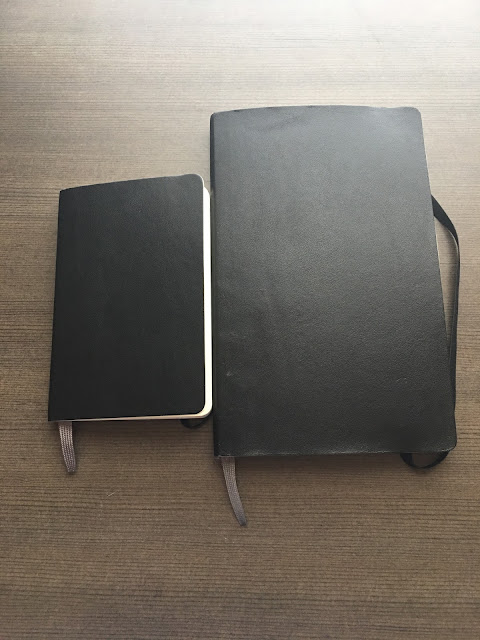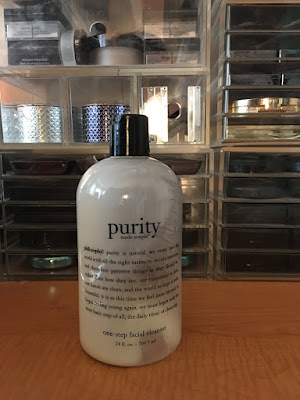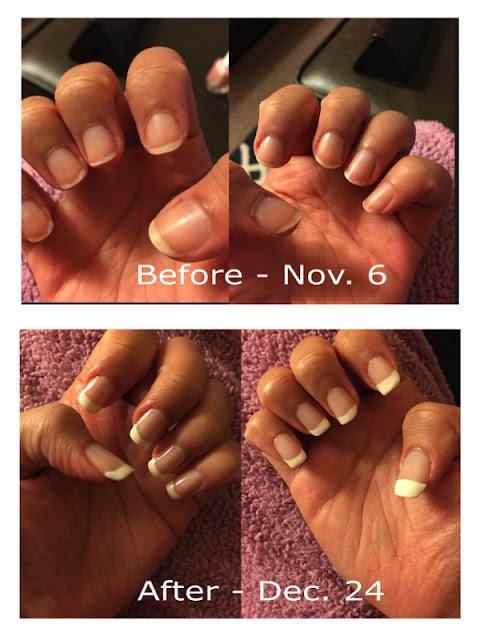How to Downsize - Home Organization Series
In an earlier blog post, I revealed my revamped home office and the work that went into redesigning it and purchasing all of the pieces I needed to bring the vision to life. I absolutely love how it's come together and it's now an even more functional space to fit all of the needs I have to pull out of the space.
The hardest part of any organization project is figuring out what to do with all of the stuff that you currently have, and trickier still is figuring out what to do when you have too much stuff. Downsizing can be difficult and this post is all about how to part with what you need to part with to bring in the things you need to bring in.
Assess and shop your possessions
The first thing I do when I begin any organizing project is assess and shop my possessions.
Assess your possessions by asking yourself the following questions:
If I find that I reach for the item within my trial period of going without it, then I have to reassess its usefulness in my life. I'll know that it's time to donate or toss it if I didn't even notice its absence in my daily routine.
The hardest part of any organization project is figuring out what to do with all of the stuff that you currently have, and trickier still is figuring out what to do when you have too much stuff. Downsizing can be difficult and this post is all about how to part with what you need to part with to bring in the things you need to bring in.
Assess and shop your possessions
The first thing I do when I begin any organizing project is assess and shop my possessions.
Assess your possessions by asking yourself the following questions:
- Does the item hold sentimental or significant monetary value?
- Is the item in poor condition?
- Do I use the item on a regular basis?
- Do I get value out of using the item?
- Does the item still fit my needs and/or taste?
- Do you have the space to keep it?
If the item holds value to you - sentimental, monetary or practical use - then it's worth considering keeping it. It's time to toss it if it's otherwise in disrepair or donate it if it's in good condition but no longer holds value for you and/or you don't have the space to hold on to it.
Shop your possessions by asking yourself these questions:
- Can the item serve another purpose?
- Can the item be reallocated to another part of your home?
- Do I have any duplicates?
You might be able to extend the life of your items if you can find a new home for it within your home or if it can serve another useful purpose. But if it can't do either for you or you have multiple versions of the same thing, consider donating or tossing it depending on its condition.
Test out living with less
Whenever I'm on the fence about getting rid of an item, I try going without it for a few weeks or even a few months. It gives me enough time to really figure out if I can go without the item and if I miss it at all.
If I find that I reach for the item within my trial period of going without it, then I have to reassess its usefulness in my life. I'll know that it's time to donate or toss it if I didn't even notice its absence in my daily routine.
Go through your stuff seasonally
The turn of each season serves as a great reminder to quickly go through your items to assess, shop and test out each item. Going through this routine on a regular basis helps the all-star items to stand out and more easily identify what doesn't rise to that level. You'll become more aware of your needs and become savvier when deciding what items to bring into your home.
Be honest about what your needs are
More often than not, you don't need that new pair of shoes or piece of decor - you just really want it a whole bunch. I definitely fall prey to that feeling when I'm out shopping and find something really amazing that I'd love to bring home.
To keep myself honest, I've created the rule that something has to leave in order for something else to come in - so I have to part with a pair of shoes in order to bring in a new pair. If I'm unwilling to part with something, then I have to strongly consider leaving the item behind in the store.
Try not to tie too much emotional value to your possessions
The one asterisk to my rule about honestly assessing your needs is knowing when tying too much value to your items prevents you from being honest about your needs.
When I started a new job, I realized I was going to have to update my wardrobe to fit the company dress code. However, I found myself unwilling to part with certain pieces of clothing because I'd grown too fond of them even though I knew they no longer fit my very real needs. I was letting my emotions get the better of me and stopping me from making the smart choice about how best to move forward - and that's not the right balance to strike.
It can be really hard to depersonalize and treat our possessions as just things. Even I, who pride myself on being pretty sensible about keeping a good perspective on my possessions, can struggle with letting go of the things that no longer meet my needs. It's natural and happens to everyone. The difficult internal conversation to have with yourself is figuring out when possessions are preventing you from living and functioning at your best. When that balance is off and skews in favor of a possession and not yourself, it's definitely time to consider how to hold on to the good memories associated with the item and how to part with the item itself. If the item has a bad association for you, then it's even more important to get rid of it to free your home of something you don't need and your mind of something it shouldn't hold on to.
***



Comments
Post a Comment